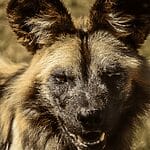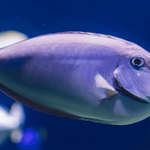9 Common Dangerous Animals in Ohio You need to Know About
Ohio also known as The Buckeye State, and the home of some dangerous animals. From the rolling hills of Appalachia to the shores of Lake Erie, Ohio is home various wildlife animals, including Eastern massasauga rattlesnakes, Timber rattlesnakes and Black Widow Spiders.
Make sure to do your research and learn about the common dangerous animals in Ohio that you may encounter. By being aware of these animals and taking precautions, you can help to ensure a safe and enjoyable trip.
National Parks for Common Dangerous Animals in Ohio
There are no National Parks that are home to common dangerous animals in Ohio . However, there are a few state parks and wildlife areas that do have these animals, including:
Cuyahoga Valley National Park
Cuyahoga Valley National Park is a beautiful park in Northeastern Ohio. This park is home to most dangerous animals in Ohio including timber rattlesnakes, northern copperheads, and black bears.
Maumee State Forest
Maumee State Forest is a 28,000-acre forest located in northwestern Ohio. The forest host many wildlife animals, including some that can be dangerous to humans, from coyotes, snapping turtles to poison ivy.
Let’s Explore the 10 most common dangerous Animals in Ohio
Here are the most common dangerous animals in Ohio you need to beware of and take safety precautions from:
Brown Recluse Spider
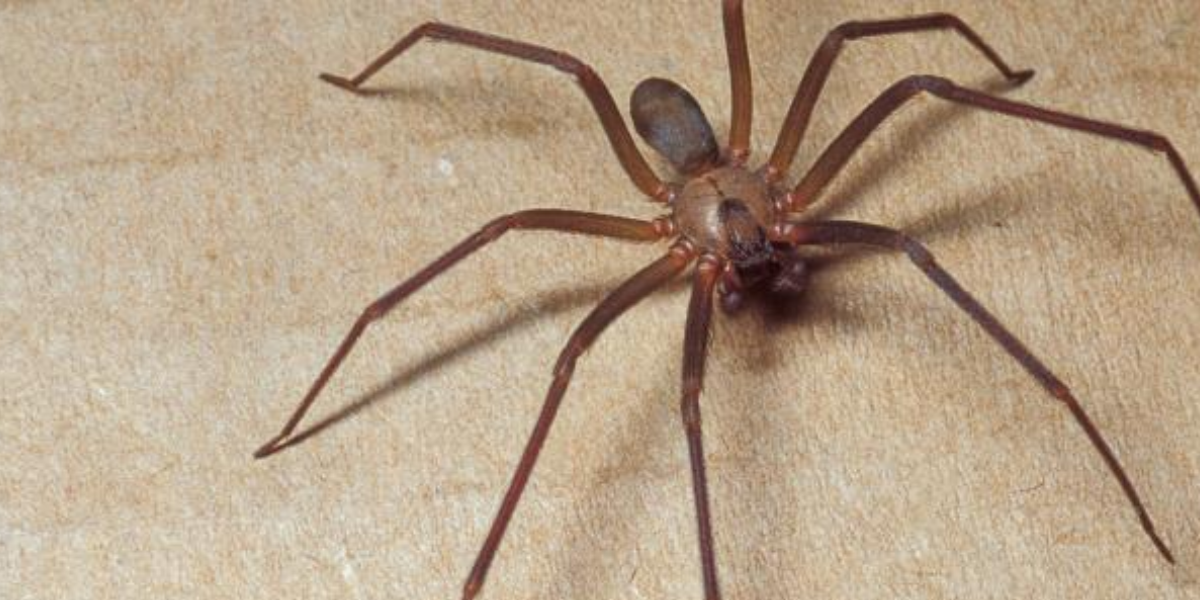
The dangerous spiders like brown recluse spider is the most common dangerous animals in Ohio, found in the central and southern United States, Mexico and. South America. They are typically found in dark, undisturbed places, such as woodpiles, sheds, and under rocks.
Brown recluse spiders are venomous and their bite can be dangerous, but it is not usually fatal. They are carnivores and they eat a variety of insects, including flies, mosquitoes, and beetles. The dangerous spiders native to Ohio also eat other spiders.
The bite of a brown recluse spider can cause a painful wound that may take weeks or months to heal. But in few cases, the bite of a brown recluse spider can lead to death.
Black Widow Spiders
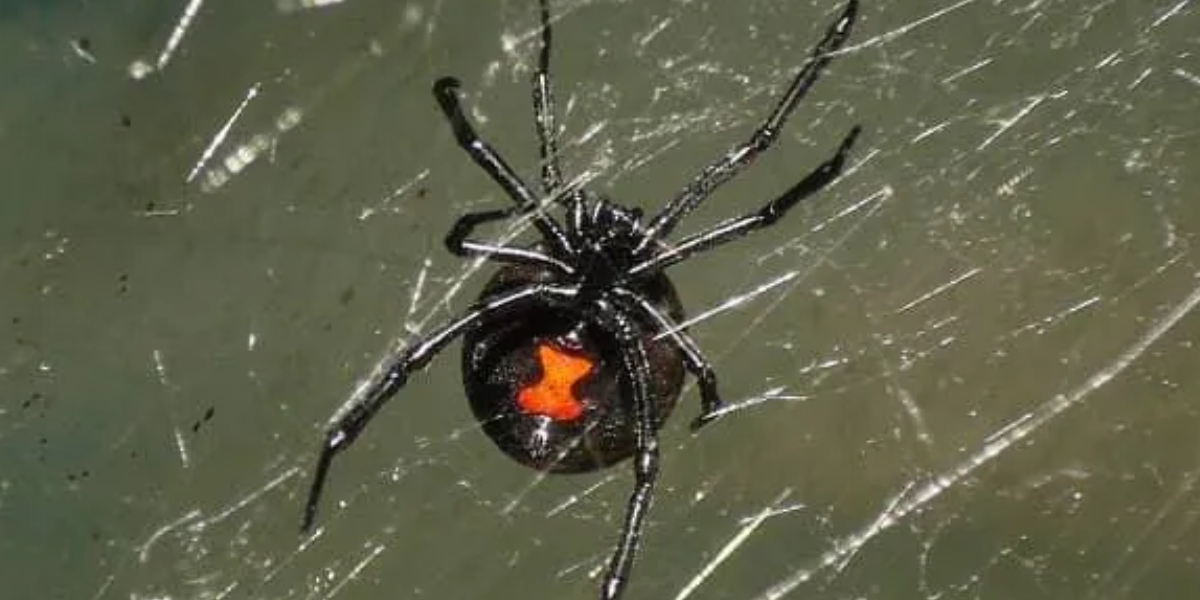
They are most most dangerous animals in Ohio that found in the southern and southwestern United States. But they also be found in Canada, Mexico, and Central and South America.
Black widow spiders are carnivores and they eat a variety of insects, including flies, mosquitoes, and beetles. They also eat other spiders. These are venomous spiders but their venom is not usually deadly to humans. However it can cause severe pain, nausea, and difficulty breathing.
Kissing Bug
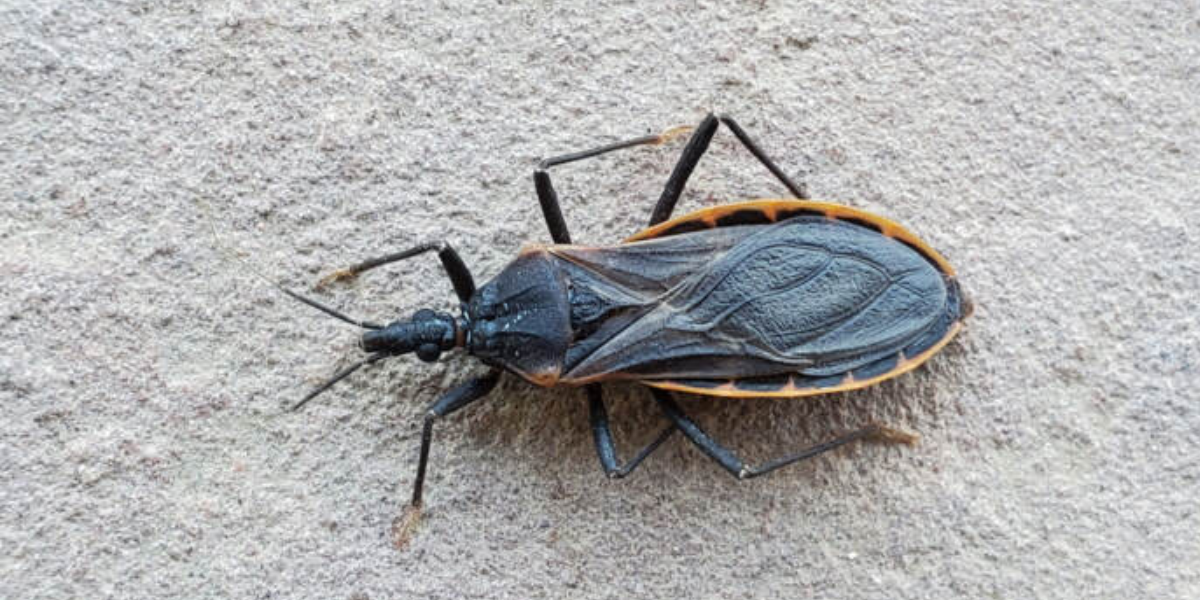
Kissing bugs are found in Central and South America, as well as Mexico and the Southern United States. They are called “kissing bugs” because they often bite people on the face, around the lips.
Kissing bugs are nocturnal and they feed on blood. They are attracted to the body heat and breath of animals and humans. These bugs release a horrible-smelling pheromone in their self-defense.
Kissing bugs are carriers of a parasite called Trypanosoma cruzi, which causes Chagas disease. Chagas disease is a serious illness that can cause heart failure, stroke, and even can lead to death.
Eastern Massasauga Rattlesnake
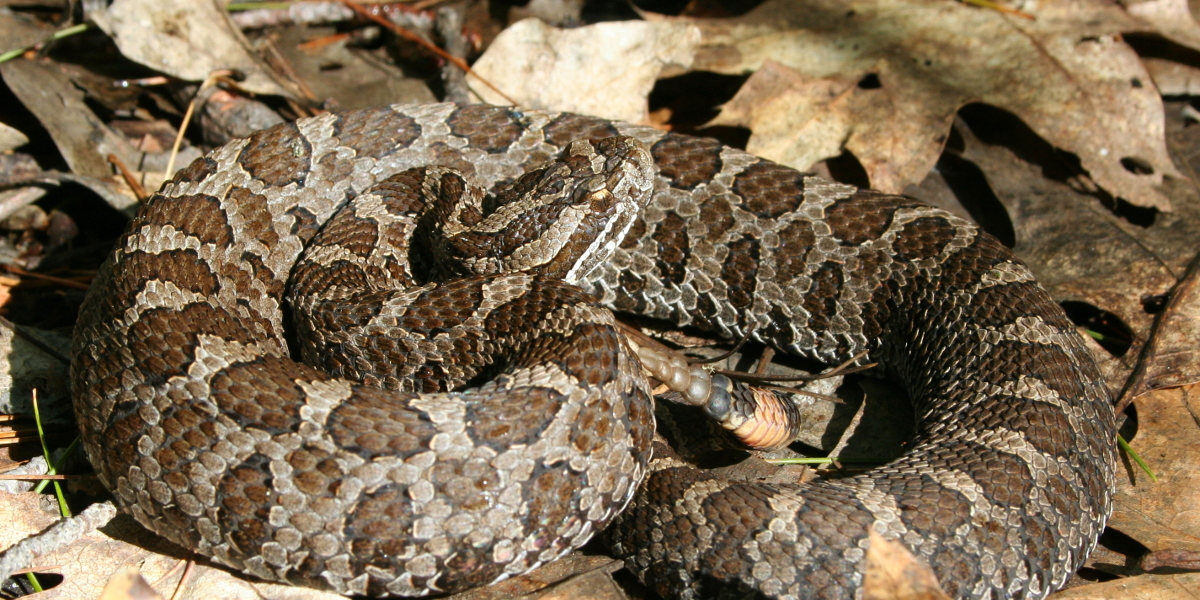
The eastern massasauga rattlesnake (Sistrurus catenatus catenatus) is a small, venomous pit viper found in central and eastern North America. They are most common in the Great Lakes region, but they can also be found in other parts of the Midwest and Northeast.
Eastern massasaugas are typically found in wetland habitats, such as swamps, marshes, and bogs. They are also found in upland areas, such as forests and meadows.
Eastern massasaugas eat a variety of small animals, including rodents, frogs, and lizards. They are also cannibalistic and eat other rattlesnakes. Their venom is not as potent as other rattlesnakes, but it is dangerous.
Black Legged Ticks
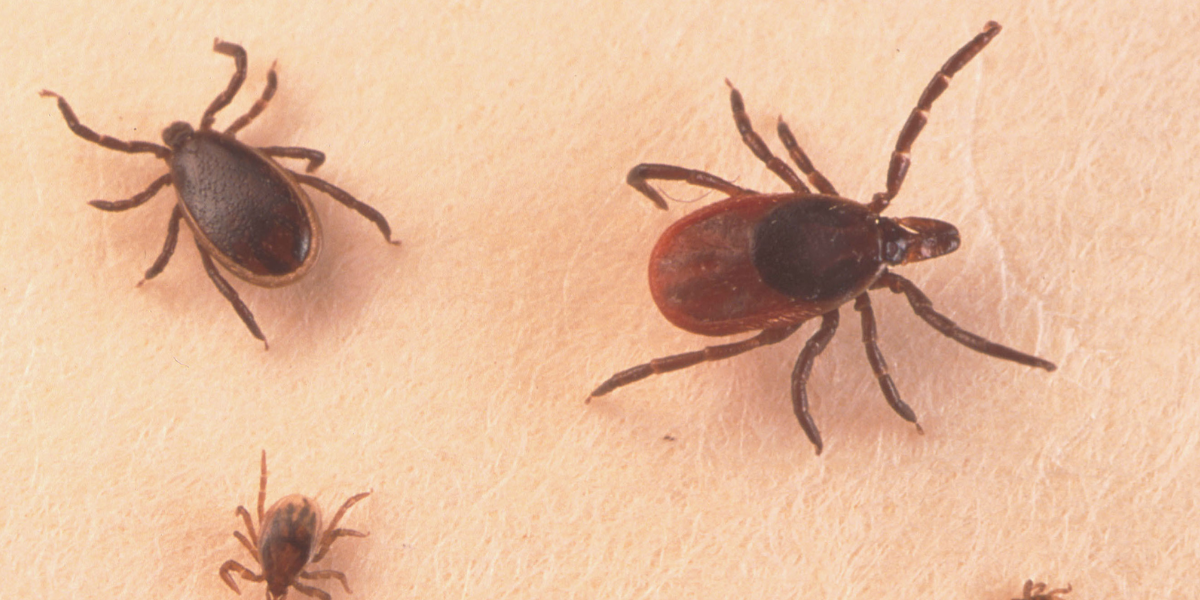
Black-legged ticks, also known as deer ticks, are found in wooded areas throughout the United States and Canada. They are most common in the Northeast, Midwest, and Mid-Atlantic regions.
Black-legged ticks feed on the blood of animals, including deer, mice, birds, and humans. They can transmit a number of diseases, including Lyme disease, anaplasmosis, and babesiosis.
Black-legged ticks have a three-stage life cycle that are egg, larva, and adult. They can only transmit disease when they are adults. These ticks are most active in the spring and fall, but they can be found year-round in warm climates.
Pit Vipers
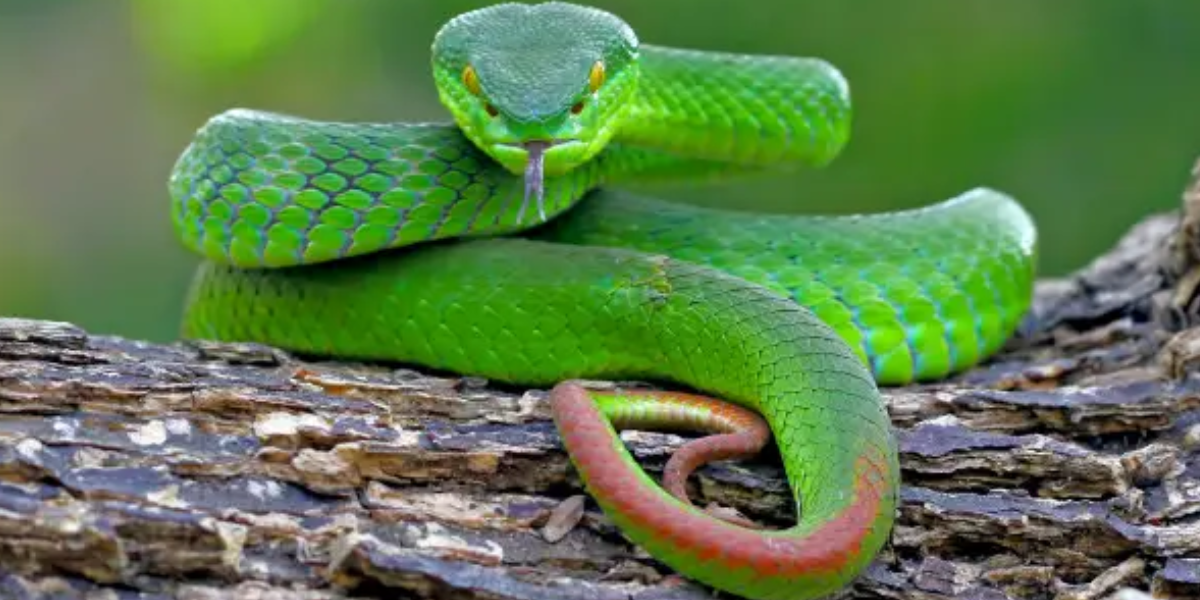
Pit vipers are a group of venomous snakes found in the Americas, Asia, and Africa. They are characterized by their heat-sensing pits, which are located between their eyes and nostrils. Pit vipers use these pits to detect the heat of their prey, which helps them to strike accurately.
These snakes are found in a variety of habitats, including forests, deserts, and grasslands. They eat a variety of prey, including rodents, birds, and lizards.
Pit vipers are typically solitary animals, but they interact in breeding season. After mating, the female pit viper, a dangerous animal found in Ohio lay a clutch of eggs, which hatches into live young snakes.
White-Tailed Deer
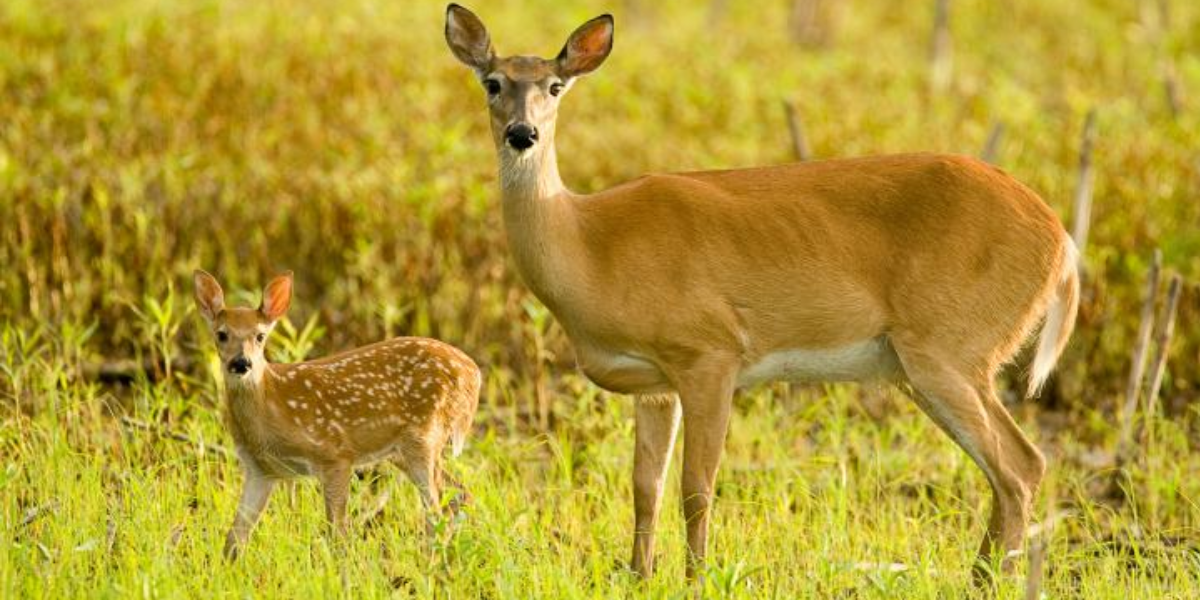
White-tailed deer can be dangerous if startled as they are found in North America, Central America, and South America as far south as Peru and Bolivia. They are the most common deer species in North America, and they are found in a variety of habitats, including forests, woodlands, and open fields.
White-tailed deer are herbivores and they eat a variety of plants, including grasses, leaves, twigs, fruits, and nuts. They are also known to eat insects, fungi, and even small animals.
White-tailed deer are lone animals, but they come together for mating during the fall. The gestation period for a white-tailed deer is about 6 months, and a female deer typically give birth to 2 or 3 fawns.
An interesting fact about them is their antlers shed each year and grow back larger the following year.
Northern Copperhead Snake
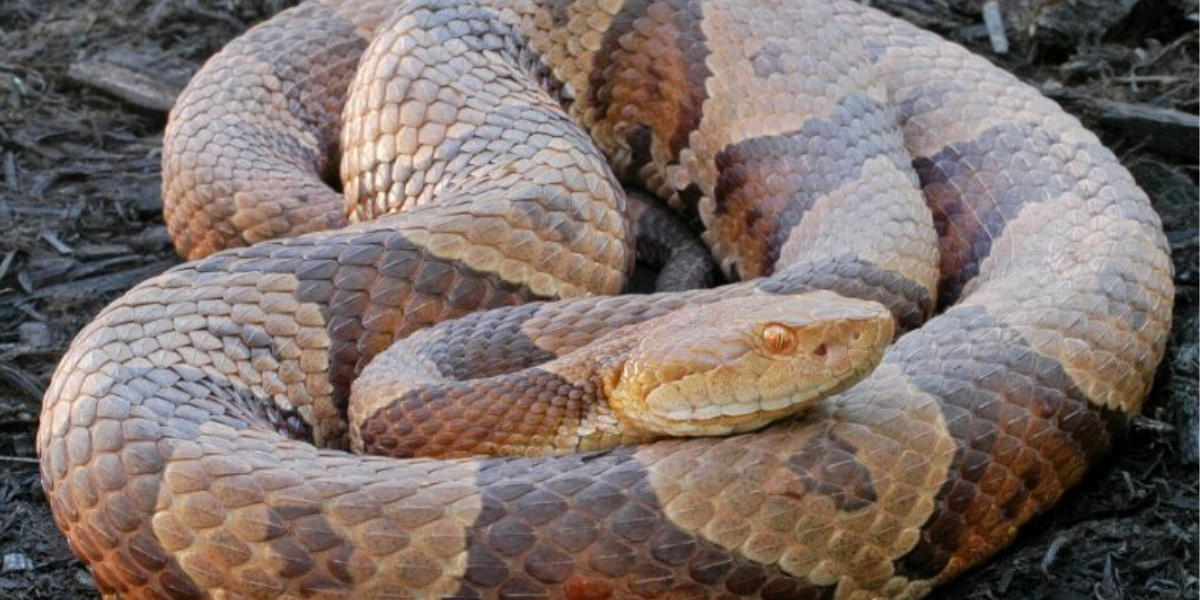
Northern Copperheads are most common dangerous animals in Ohio, found in the eastern United States, from the Florida panhandle to Massachusetts and west to Nebraska. They are also found in southern Canada, in Ontario and Quebec.
Northern Copperheads are carnivores and eat a variety of small animals, including mice, rats, frogs, birds, and lizards. If they get chance they can eat other snakes, including rattlesnakes.
Northern Copperheads mate in the spring and the female gives birth to live young in the summer. The litter size is typically 6-12 young.
Northern Copperhead is a venomous snake, but their venom is not as powerful as some other venomous snakes. Their bite can be painful, but it is rarely fatal. These snakes are not aggressive and only bite if they feel threatened.
Wild Boars
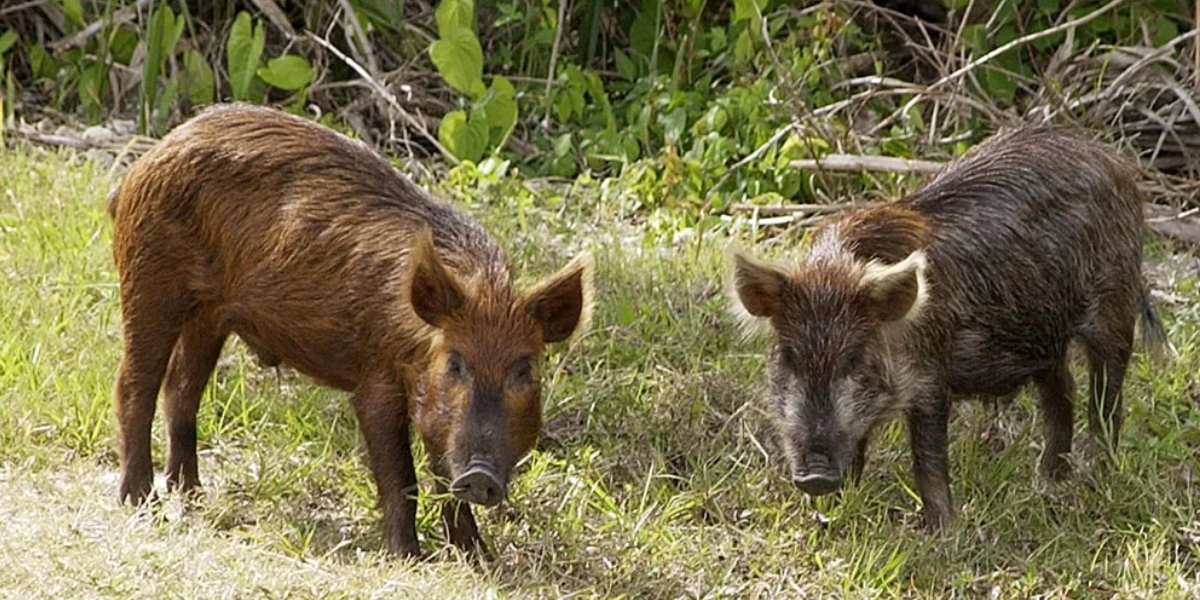
Wild boars (Sus scrofa), dangerous animals found in Ohio, are found in a wide range of habitats, including forests, grasslands, and even urban areas. They are native to much of Europe, Asia, and Africa, and have been introduced to other parts of the world, such as North America.
Wild boars are omnivorous and eat a wide variety of foods, including fruits, vegetables, roots, insects, and small animals. They are also known for their aggressive behavior and their sharp tusks.
Wild boars are social animals and live in groups called sounders. Sounders can range in size from a few individuals to over 30 animals. During the breeding season, males will fight for the right to mate with females.
Wild boars are most common dangerous animals in Ohio and ancestors of domestic pigs. These boars can be dangerous and have been known to attack humans.
Common Snapping Turtles
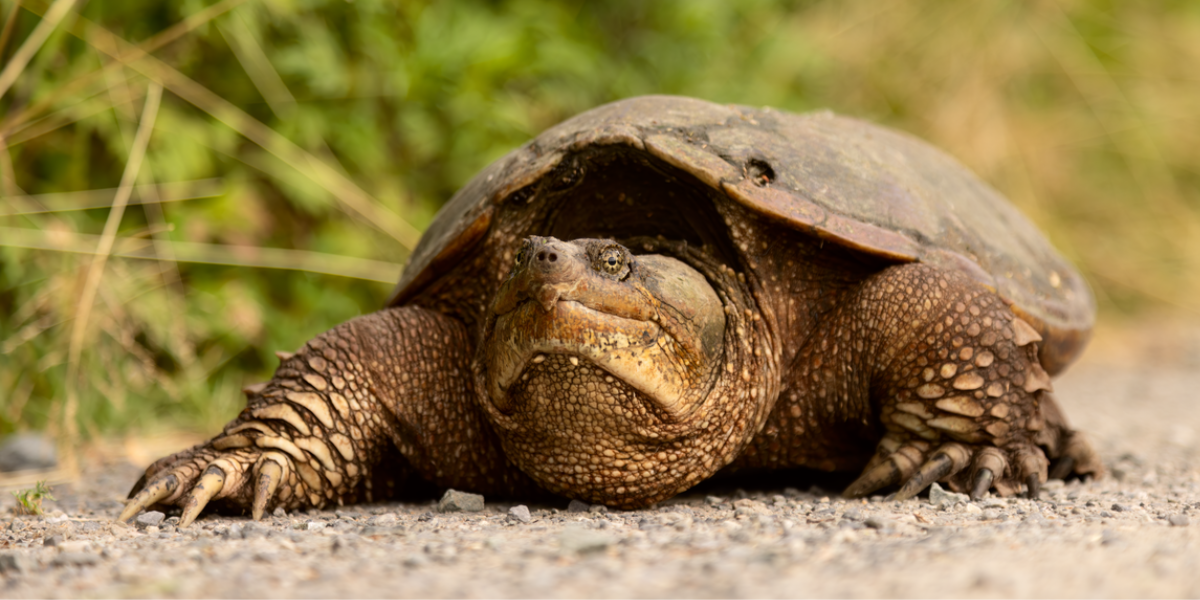
Common snapping turtles are found in North America, from southeastern Canada to the southern tip of Florida. They are aquatic turtles native to Ohio, that prefer slow-moving rivers and lakes with muddy bottoms, which give them places to hide. Native to Ohio, they are also known to bask on logs and rocks in the sun.
Common snapping turtle is an omnivorous animal, meaning they eat both plants and animals. Their diet includes fish, frogs, insects, worms, crayfish, and even small mammals. They are also known to scavenge for food.
Common snapping turtle only come together to mate. After mating, the female lays a clutch of eggs, which hatch in about 80 to 90 days. The young turtles are independent from birth.
They can grow to be up to 8 to 14 inches long and weigh up to 35 lbs. Their bites are enough strong that it can inflict serious injuries. They are the least concerned by IUCN and not threatened species at all.
National bird of Ohio
Northern Cardinal is the national bird of ohio. It is a medium-sized songbird with a bright red body, a black mask, and a crest. It is about 7 to 9 inches long and weighs about 1.5 to 2 ounces.
Northern Cardinals are an important part of the ecosystem in Ohio. They help to control insect populations, and they also disperse seeds, which helps to regenerate forests.
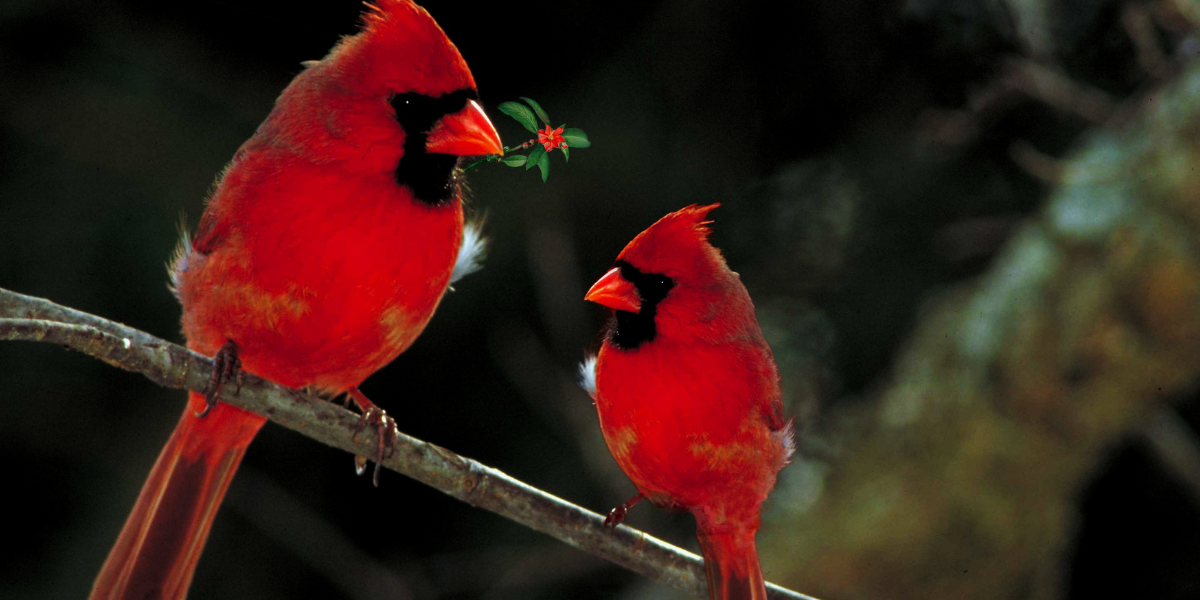
Frequently Asked Questions
What wild animal is dangerous in Ohio?
Northern Copperhead Snake, snapping turtle, black widow spider, pit vipers, and wild boars are dangerous animals in Ohio.
What is the most dangerous wild animal in Ohio?
Timber rattlesnake is the most dangerous wild animal in Ohio.
Are there venomous animals in Ohio?
Widow spider, Northern Copperhead Snake, pit vipers are venomous animals found in Ohio.
- What Should I Do If A Koala Bites Me? Safety Guide - 2024-05-30
- Are Kangaroos Born Without Hind Legs? A Fascinating Journey - 2024-05-30
- Animals That Look Like Squirrels - 2024-05-30






